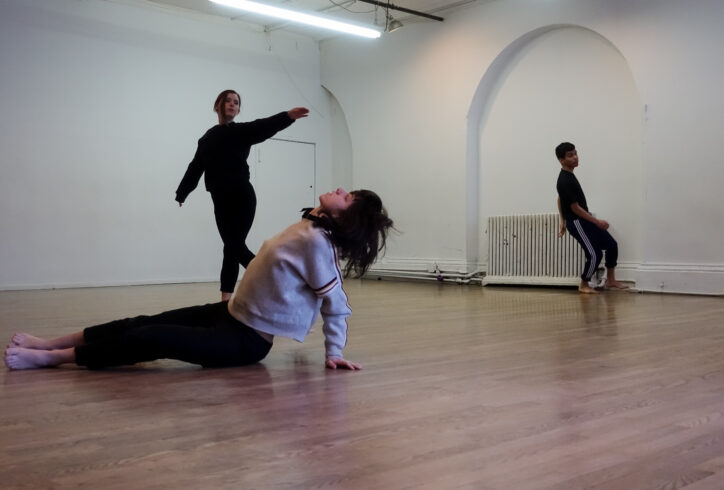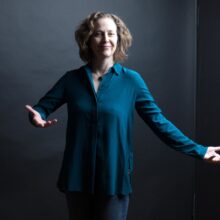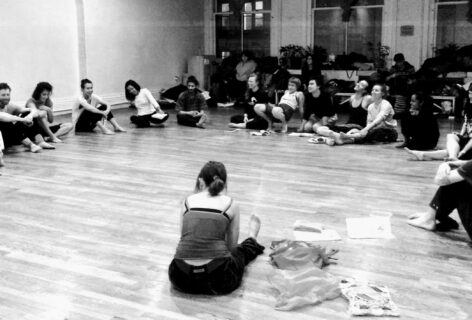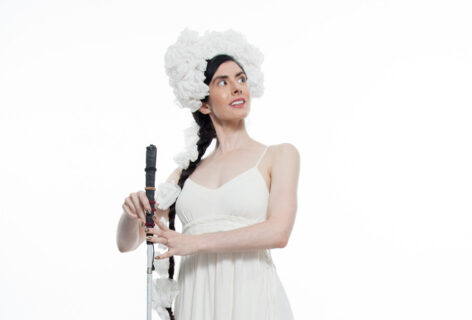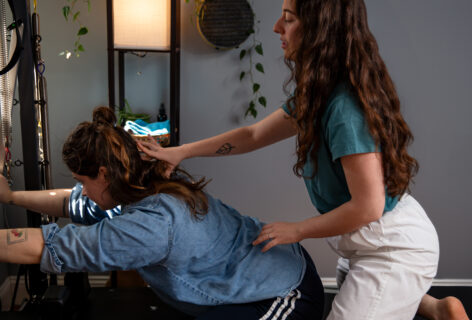October 16: Yvonne Meier will sub for Julie Mayo
In these classes we will tune our perceptions to ourselves in stillness and spontaneous movement. Supported by the space in and around us, we will dance utilizing various kinds of music/sound and guided kinesthetic imagery. Through our practice together, we will cultivate letting go of unnecessary tension(s) and, at one’s own pace, allow for new movement possibilities to arise. This class is OPEN TO ALL with or without formal dance training.
**Please have a clothing layer for time spent on the floor.
”I feel art.” ~ Releasing class participant
”I think this dance technique teaches dancers to be human.” ~ Releasing class participant
Accessibility Notes
This class/workshop includes auditive guidance.
Automated closed captioning will be available for all Zoom workshops and classes.
To request ASL interpretation or Audio Description, please email accessibility@movementresearch.org, subject line “ASL/Audio Description Request, Julie Mayo” at least three (3) weeks prior to the class start date.
For access-related questions and requests, please contact accessibility@movementresearch.org. subject line “Class, Julie Mayo”

